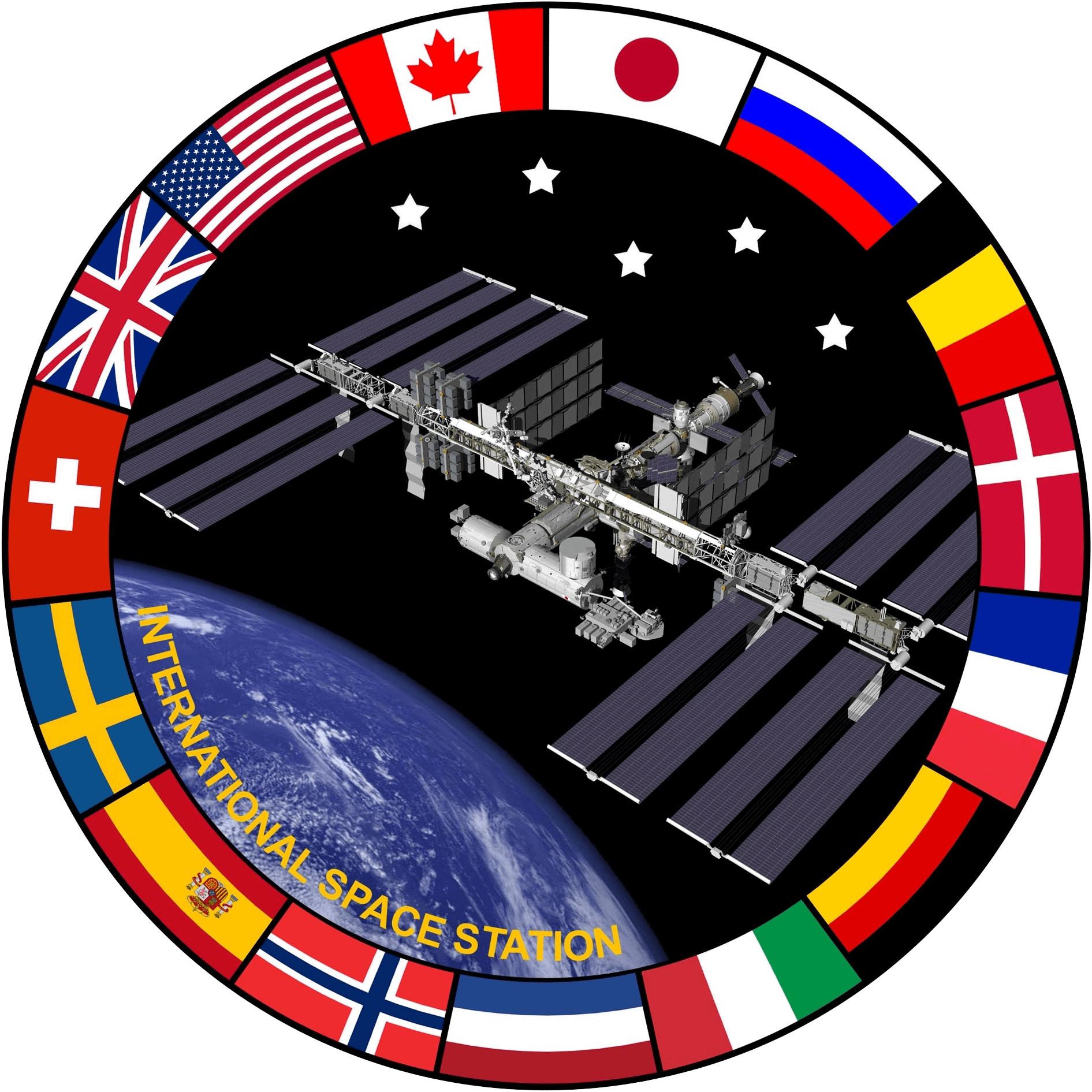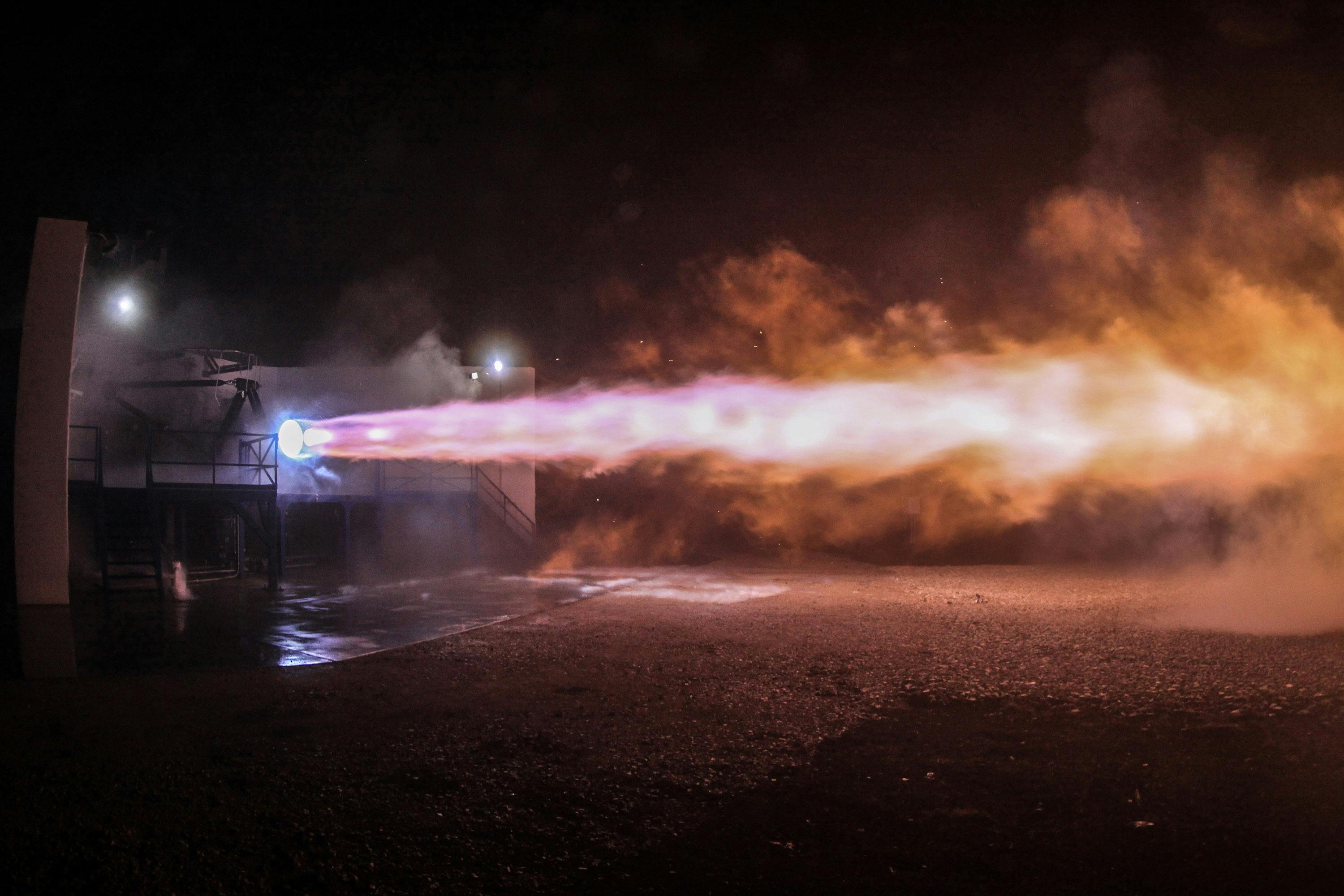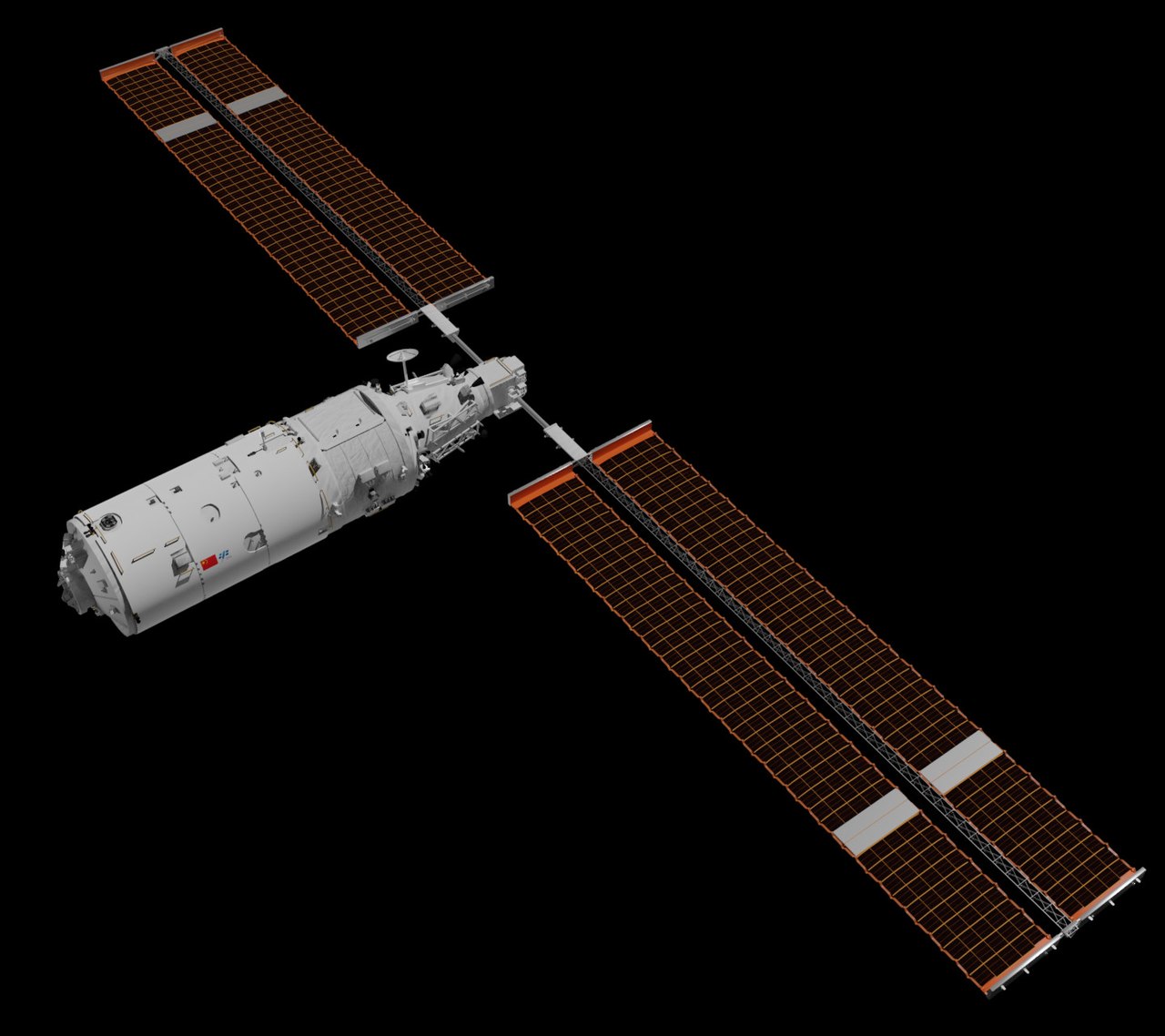· space brief · 4 min read
Space Brief 28 Mar 2025
Today's updates focus on significant developments in U.S. national security space launches, Army space training, potential shifts in satellite procurement strategies, and the Meteor 2-21 satellite.

📄Top Stories
The U.S. Space Force has officially certified the Vulcan Centaur rocket for national security missions, paving the way for a summer launch. The U.S. Army releases its latest Space Training Strategy to shape the future capabilities of its forces. A potential strategic shift could alter the landscape of data relay satellites, favoring SpaceX over existing funding plans. In our Satellite Spotlight, we take a closer look at the Meteor 2-21’s contributions to meteorological observation.
📰Detailed Coverage
Vulcan Centaur Cleared for Takeoff
The U.S. Space Force has certified United Launch Alliance’s (ULA) new Vulcan Centaur rocket to launch national security missions, marking a significant milestone since the program’s inception in 2016. This certification doubles the number of providers capable of launching sensitive national security payloads, thereby increasing flexibility and security in U.S. space operations.
With its first mission slated for summer, Vulcan Centaur’s capabilities are crucial for the evolving demands of space-based national defense. This development illustrates the meticulous process of certifying new launch systems, which includes rigorous testing and validation. Readers interested in tracking Vulcan’s inaugural mission can leverage our web app for real-time launch updates.
Read the full story: Space.com
Army Space Training Advances
The U.S. Army Space and Missile Defense Command has collaborated with various army divisions to update the Army Space Training Strategy (ASTS). Released in late 2024, the ASTS outlines an “all of Army” approach intended to bolster space capabilities by 2030 through thorough education and training.
The strategy emphasizes enhancing the Army’s global readiness through space operations—vital in an era where military strategies increasingly rely on satellite and space technologies. This holistic framework aims to fundamentally reshape how space is integrated into army operations, making it an essential read for military and defense contractors.
Read the full story: Space War
Possible Shake-Up in Satellite Procurement
In a strategic review, the Air Force is considering canceling its next batch of Space Development Agency’s (SDA) data relay satellites in favor of SpaceX offerings. This shift is aimed at prioritizing high-priority efforts and potentially leveraging SpaceX’s advanced low-latency capabilities.
Such a move reflects ongoing adjustments in satellite procurement to stay aligned with modern technological advancements and defense requirements. As this unfolds, it will be a significant case study on balancing traditional approaches with emerging private sector solutions.
Read the full story: Breaking Defense
SignalGate Raises Concerns
A recent scandal, dubbed ‘SignalGate’, has resulted in scrutiny over classified information handling within digital communication channels during a Senate confirmation hearing. The incident spotlights ongoing challenges around information security in military communications, underscoring the complexities of safeguarding sensitive data.
This issue calls for enhanced protocols in digital communications across the defense sector, ensuring robust security measures are in place to protect national security interests.
Read the full story: Breaking Defense
🛰️Satellite Spotlight
- Satellite Name: METEOR 2-21
- NORAD ID: 22782
- Launch Date: 1993 Aug 31
- Mission: Meteorology
- Orbit: Inclination 82.5456°, Period 13.8399, Eccentricity 0.0022925
- Operator: VKS/RGMS
- Fun Fact: METEOR 2-21 is equipped with multiple sensors for imaging and atmospheric data, playing a vital role in collecting meteorological information that’s crucial for weather forecasting.
Current TLE Data:
1 22782U 93055A 25087.09361559 .00000113 00000+0 88488-4 0 9997 2 22782 82.5456 288.8921 0022925 23.6921 90.6095 13.83987874594616
Track this satellite in real-time on our web app: Track METEOR 2-21
Upcoming Space Launches
March 29
- Isar Aerospace Spectrum:
- Maiden Flight from Andøya Spaceport (11:30 UTC) First flight of the Isar Spectrum launch vehicle.
- China Aerospace Science and Technology Corporation Long March 7A:
- Unknown Payload from Wenchang Space Launch Site, People’s Republic of China (15:57 UTC)
March 30
- Firefly Aerospace Firefly Alpha:
- FLTA006 (Message in a Booster) from Vandenberg SFB, CA, USA (13:37 UTC) Sixth flight of the Firefly Alpha small satellite launcher, launching the demonstration mission for Lockheed Martin’s new LM400 satellite bus.
- SpaceX Falcon 9:
- Starlink Group 6-80 from Cape Canaveral SFS, FL, USA (19:16 UTC) A batch of 28 satellites for the Starlink mega-constellation - SpaceX’s project for space-based Internet communication system.
March 31
- Gilmour Space Technologies Eris-1:
- Maiden Flight from Bowen Orbital Spaceport (00:00 UTC) Maiden flight of Gilmour Space’s orbital launch vehicle Eris.
April 1
- SpaceX Falcon 9:
- Starlink Group 11-13 from Vandenberg SFB, CA, USA (00:01 UTC) A batch of satellites for the Starlink mega-constellation - SpaceX’s project for space-based Internet communication system.
- SpaceX Falcon 9:
- Fram2 from Kennedy Space Center, FL, USA (01:46 UTC) Fram2 is the world’s first astronaut mission to polar orbit, conducting various scientific studies and observations during the mission.
- China Aerospace Science and Technology Corporation Long March 2D:
- Unknown Payload from Jiuquan Satellite Launch Center, People’s Republic of China (03:52 UTC)
April 3
- China Aerospace Science and Technology Corporation Long March 6:
- Unknown Payload from Taiyuan Satellite Launch Center, People’s Republic of China (02:04 UTC)
April 8
- Russian Federal Space Agency (ROSCOSMOS) Soyuz 2.1a:
- Soyuz MS-27 from Baikonur Cosmodrome, Republic of Kazakhstan (05:47 UTC) Soyuz MS-27 will carry two cosmonauts and one astronaut to the International Space Station.
Note: Launch dates and times are subject to change due to technical or weather considerations.

Maurice Stellarski





